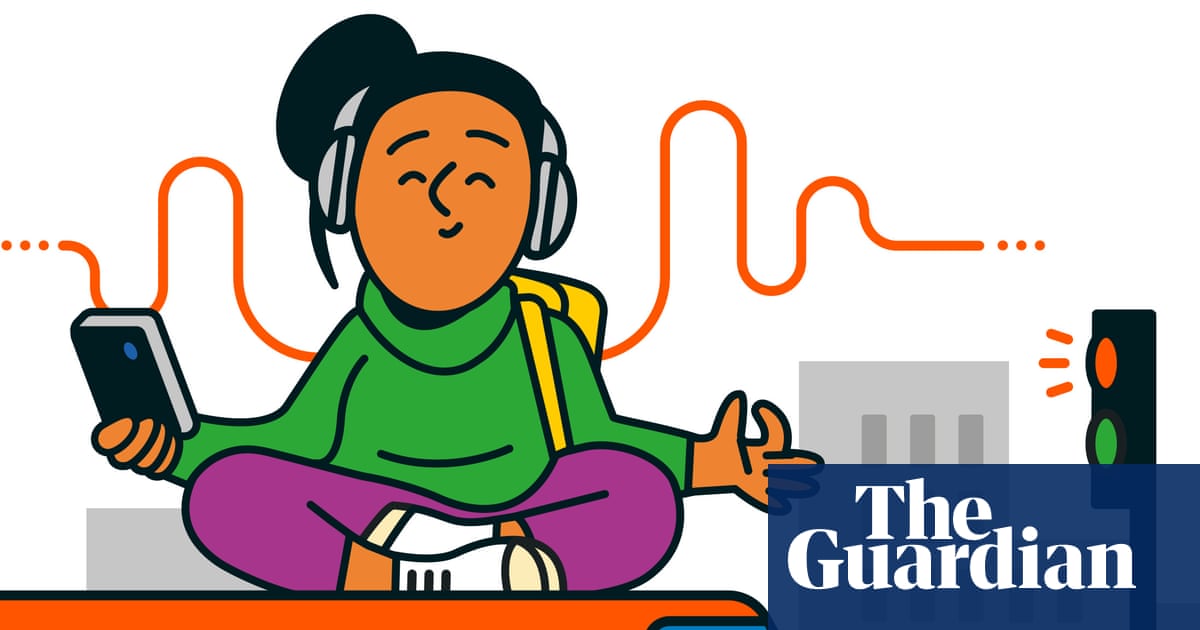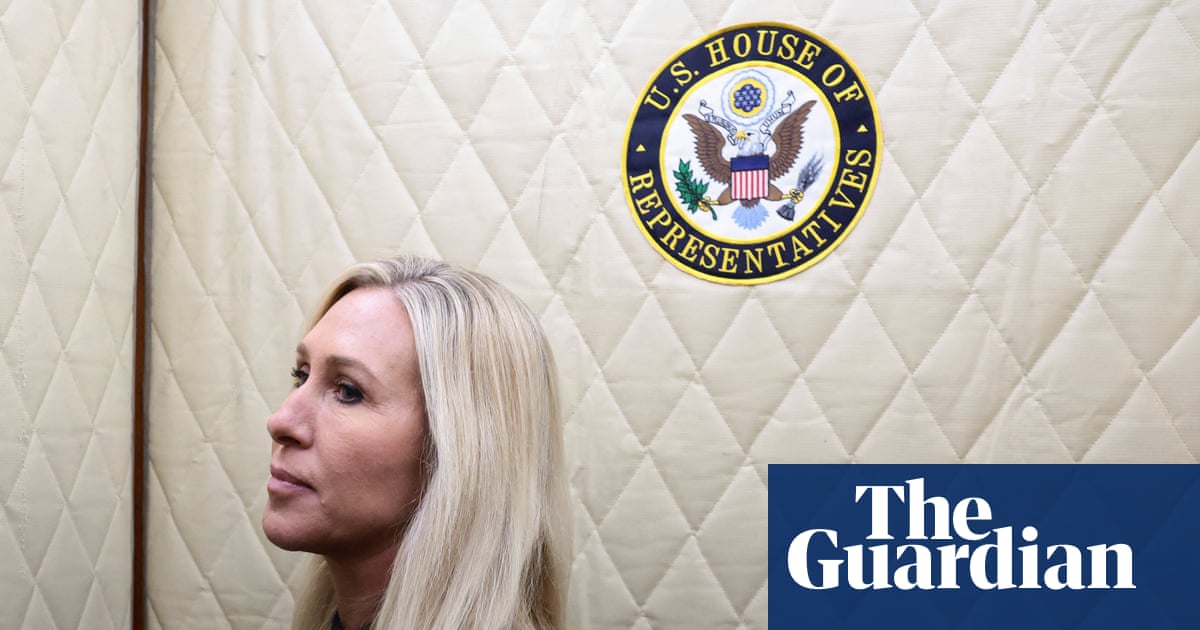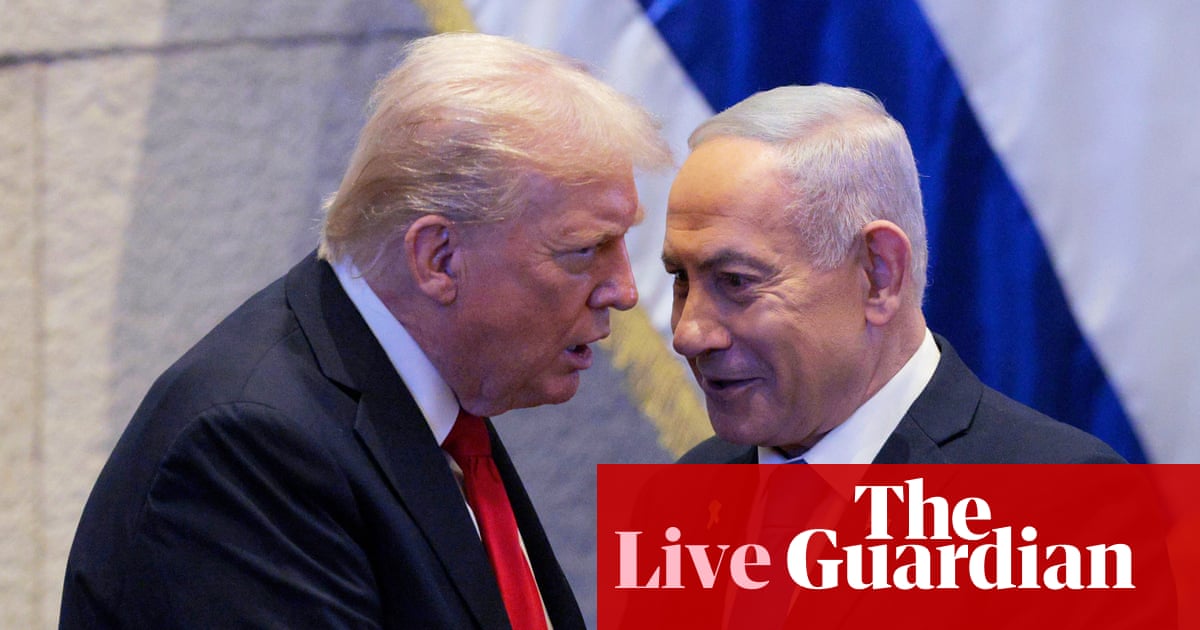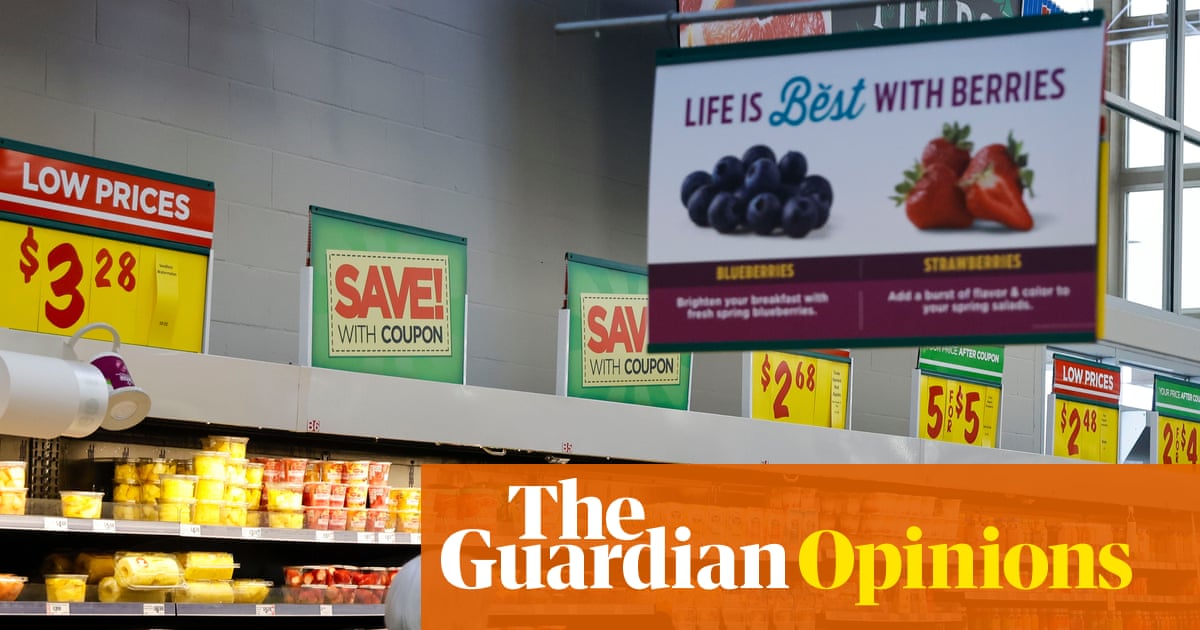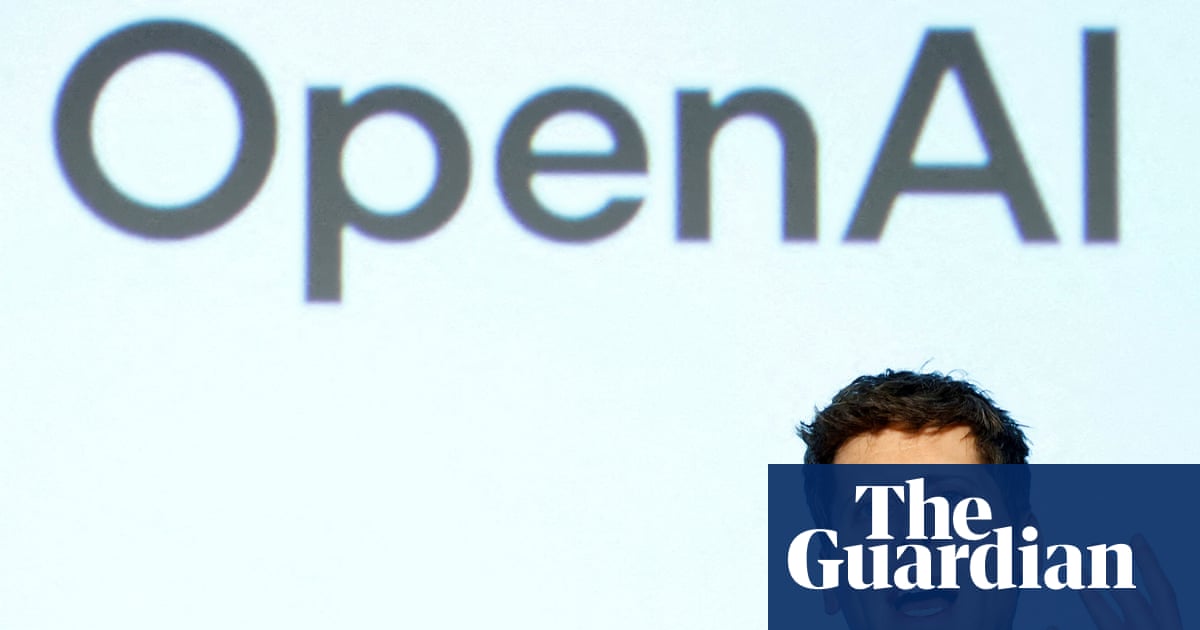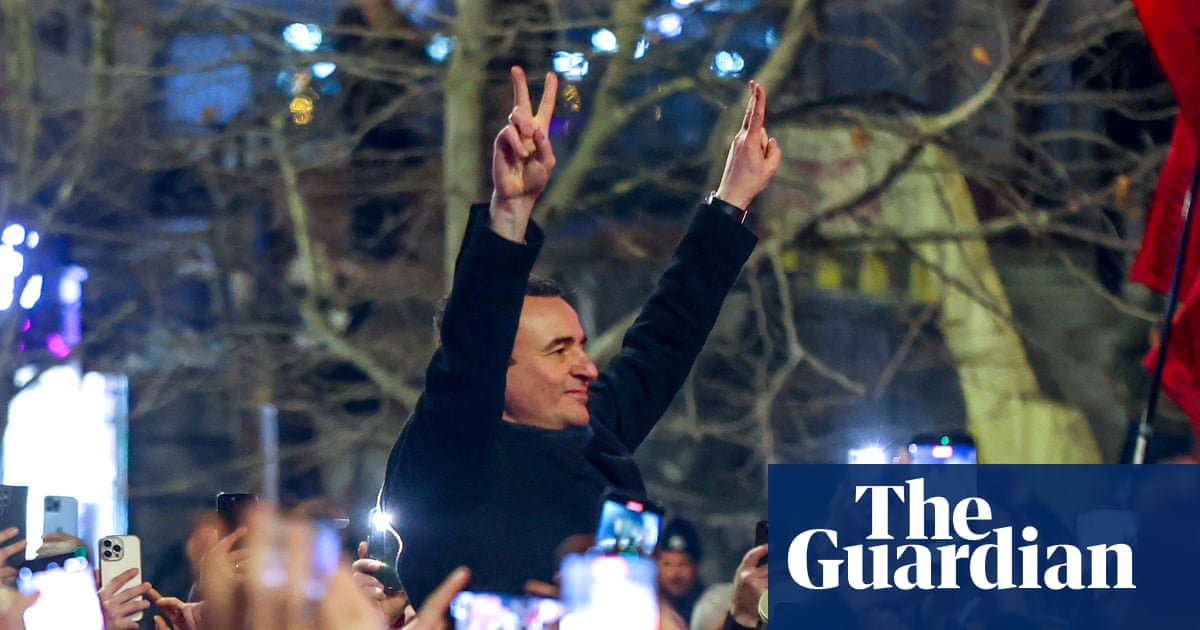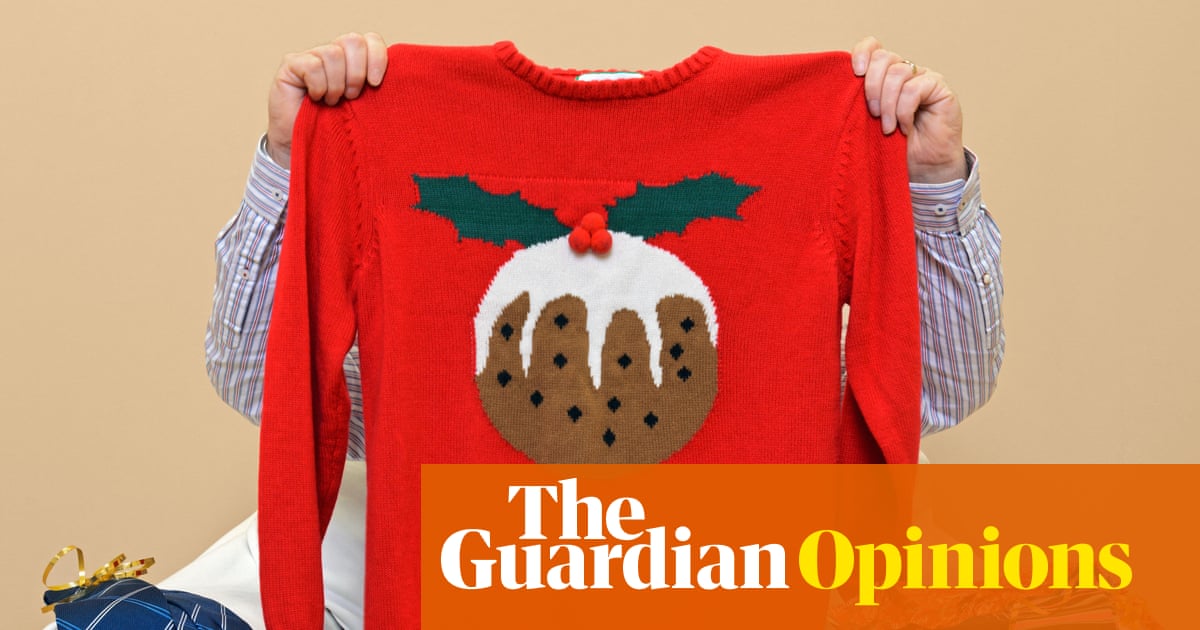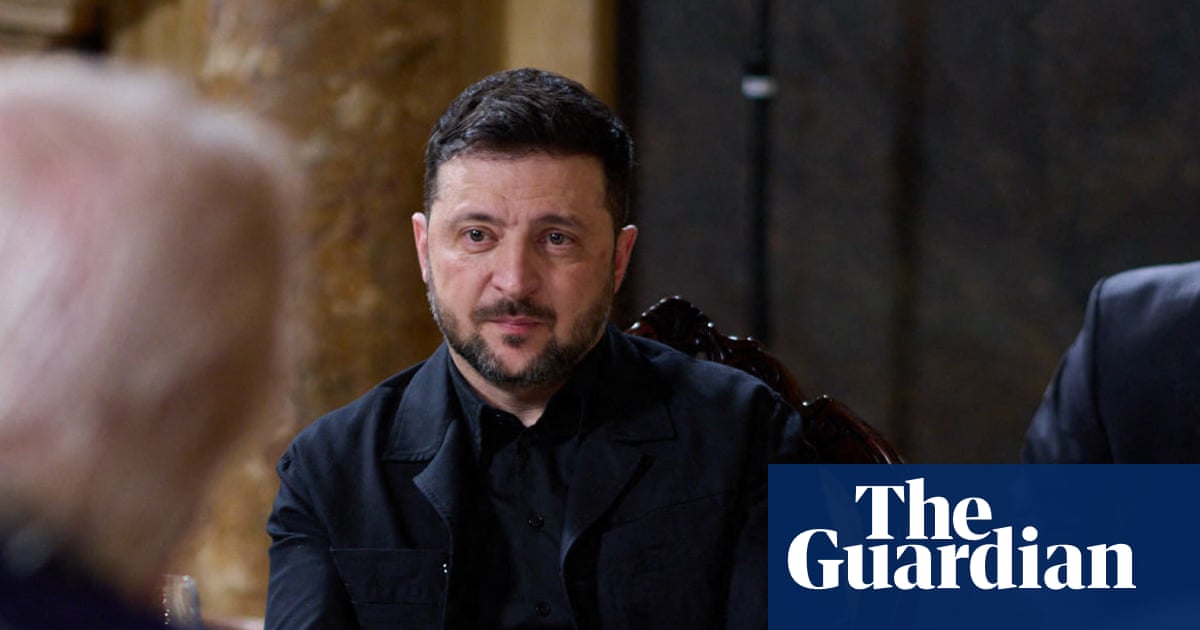Artists will go on creating, even under the most extreme and inhumane of conditions. This truism is part of the message and the power of the Gaza Biennale, which is currently working to exhibit the art of dozens of Palestinians around the world – including in New York City, where the abolitionist arts non-profit Recess hosts an exhibition of work from more than 25 of these artists.
“They are artists, they need to create art,” said the Biennale organizers, who are currently located in Gaza and requested to be identified as the Forbidden Museum. “We need to help artists stand up for themselves with their skills. Just because you are an artist in the middle of a genocide doesn’t mean you don’t have anything to do.”
Part of the conception of the Gaza Biennale is the notion of displacement – due to the ongoing war, it is not possible to host the Biennale in Gaza, nor is it possible to transport the artwork to places around the world in order to exhibit it. So the organizers have had to find ways to showing the work in displaced formats.
As co-director of Recess Lindsay Harris put it, the Gaza Biennale reinvents the concept of a biennale to make it applicable to Gaza, which is currently under blockade and being devastated by relentless warfare. “In a biennale, everybody comes to one location to experience the world, but here it’s the world experiencing one location, Gaza.”
Work from the Gaza Biennale has been shown in places such as Edinburgh, Valencia, London and Padua, with current plans for upcoming showings in Istanbul, Athens, Sarajevo, Berlin and Toronto, among others.
“We discussed with each artist that we didn’t know how their work is going to be exhibited,” said the Forbidden Museum. “We don’t know exactly how we’re going to reinvent it, recreate it – not make a copy – so that the work can exist in this ‘displaced state.’”
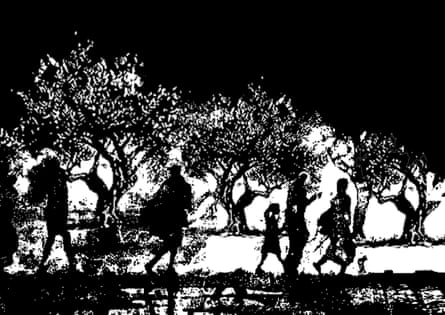
Many of the artists participating in the Biennale have endured devastating losses – according to the show organizers, roughly three-quarters of the artists in the show have seen the destruction of all of their prior artwork and have had to effectively start over during the war. “We’re dealing with artists who have lost their entire life’s work,” said the Forbidden Museum. “Everything is gone. What does it mean to create a work in that situation? These artists found the strength to start from scratch again from nowhere.”
The artists describe their practice as a way of sustaining themselves through the unthinkable. Their work largely deals with the day to day realities of living in a brutal warzone in which civilian casualties have been estimated as high as 83% of the total deaths.
“During the war, art became a means of survival for me,” said Murad Al-Assar via a translator. “Through painting, I was able to release my pain and distress, transforming fear into images that tell our stories. The experience taught me that painting is not just an aesthetic space, but a testimony to our lives and a means of conveying our voice to the world.”
Al-Assar creates in conjunction with children, integrating their own art creation into his process in order to see the world through their eyes. This has allowed him to work with a “new energy”. “Their innocence and simplicity allow me to see the world from a clearer and more honest perspective,” he said. “Their spontaneous drawings open new doors of expression for me and inspire me to reconnect with art as a space for play and dreaming, not just as a tool for documentation.”
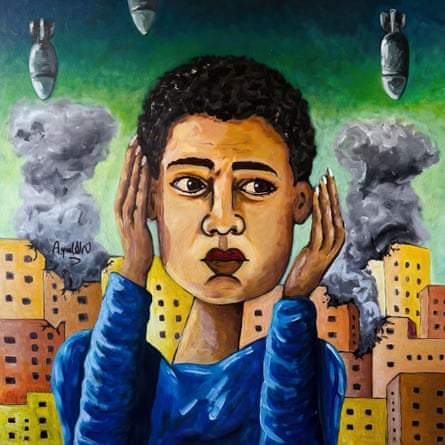
Another participating artist, Tasneem Shatat, shared her view that the creation of art has been vital to her survival. “I see art as a form of psychological therapy that teaches you how to deal with or at least escape the terrible reality we are living in,” she stated, via a translator. “Art does not reduce pain, but it allows you to know how to use it in your own way to either get out of your situation, be patient, meditate or heal a little, even if the situation is one shock after another.”
Shatat sees her artistic practice as creating a “living archive in Gaza” where she collects the stories of other Palestinians that she has encountered along the way. “It is an artwork in the form of a book that contains an archive of the memories of displaced people and their reality, which I archived for history.”
Harris explained that in order to exhibit the artwork in the Biennale, she and her team came up with the means of reinventing the art in its displaced form. For A Tent on the Road, a mixed media collage made by Maysa Yousef, she chose to create a print in order to best represent the many different textures present in the original. “She’s looking at her own displacement across multiple sites and what it means to recreate home within a tent,” said Harris, “How do you recreate home again and again and again? I think we all do that, especially here in New York.”

The idea for the Biennale was sparked by a simple gesture – a Palestinian woman approached the organizers of the Forbidden Museum with the desire to create art. At first, the Forbidden Museum was taken aback by such a gesture. “We were shocked that there was a young lady who’d like to be an artist now,” they said.
The Forbidden Museum eventually helped this woman set up a residency and begin to create art, and through that process they began to evolve the idea of seeing what art was being made in Gaza and how it could be shared with the outside world. “We were looking for a big event to join, but we never thought we would be the big event,” they said. “This is important within the history of art, that there are people in Gaza creating art now, that they are encouraging each other and sharing their work, that they are interested in being seen and that their exhibitions could somehow break the blockade and siege.”
For the Forbidden Museum, the act of letting the world see that art is being made in Gaza is extremely powerful. It gives a voice to those who have been radically disempowered, letting them speak on their own terms and in their own voice. “It’s about how we can affect others, how we can let people see there are artists in Gaza making art now,” they said. “It’s about those artists who feel amazing when someone hears them. They might be done tomorrow, so they need to be heard.”
-
The Gaza Biennale is now on display at Recess in Brooklyn until 20 December

 3 months ago
53
3 months ago
53
